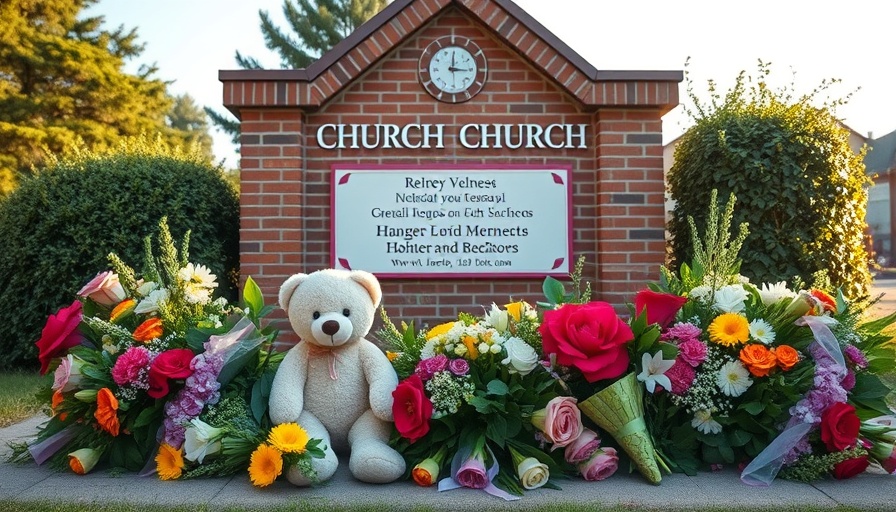
Legacy of King Bobalouie: A Cultural Icon
The passing of Arthur 'King Bobalouie' Moses marks not only the loss of an influential figure within the Pirus Bloods gang but also a significant void in the musical landscape that shaped the culture of Los Angeles. As a member of one of the earliest Blood sets, Bobalouie's influence extended far beyond the streets, impacting both the music industry and gang dynamics in Southern California.
The Birth of the Piru Identity
Bobalouie played a central role in establishing the identity of the Piru faction of the Bloods, breaking away from the Crips. This transformation was significant during the early 1970s, as rivalries between gangs became more pronounced. The move to craft a distinct identity not only influenced gang culture but also shaped the narrative around violence and community within Los Angeles. His actions, paired with the founding of other piru sets, contributed to a complex socio-political landscape that would lay the groundwork for future generations of gang members.
Musical Contributions and Cultural Fusion
In addition to his gang affiliations, King Bobalouie was known for his musical talents, singing backup for the celebrated Delfonics. His artistic contributions represent a unique intersection between his life in the streets and his artistic endeavors. This duality speaks to a broader narrative of how individuals navigate the complexities of gang culture while maintaining personal aspirations in music and art. Within the context of the 1970s, this blend of street culture and artistic expression was pivotal in creating a culturally rich environment in Los Angeles that resonated statewide and beyond.
The Impact of Gang Culture on Los Angeles
The legacy of the Bloods and particularly the Piru sets like Lueders Park is steeped in violence yet intertwined with cultural contributions. From music to community outreach, their influence extends into multiple facets of society, often conflicting with the narratives put forth by mainstream media. Understanding this context is crucial as it allows for a deeper comprehension of the socio-economic conditions surrounding these communities, demonstrating how music can act as a unifying force amidst division.
Future Considerations: Evolution of Gang Identity
As we reflect on Bobalouie's legacy, it raises critical discussions about the future of gang identity and its ongoing evolution in a rapidly changing America. With new generations emerging, the significance of violence participation might lessen as more individuals, like Eli Da Savage, transition into positive arenas like music. The adaptability reflected in these changes may provide insights into gang culture's potential for transformation towards community development rather than conflict.
Moreover, the Cultural Contributions of historical figures such as King Bobalouie illuminate the issues of representation and expression within marginalized communities, prompting legislators and policymakers to take a closer look at how to address socio-economic inequalities while considering the valuable contributions of these cultures to American society as a whole.
While Bobalouie's passing leaves an imprint on the hearts of many, it offers a rich narrative filled with lessons on resilience, adaptation, and the multifaceted layers of cultural identity. Looking ahead, it is imperative to engage with these narratives holistically, ensuring that they inform public policy, artistic representation, and historical acknowledgement.
 Add Row
Add Row  Add
Add 




Write A Comment